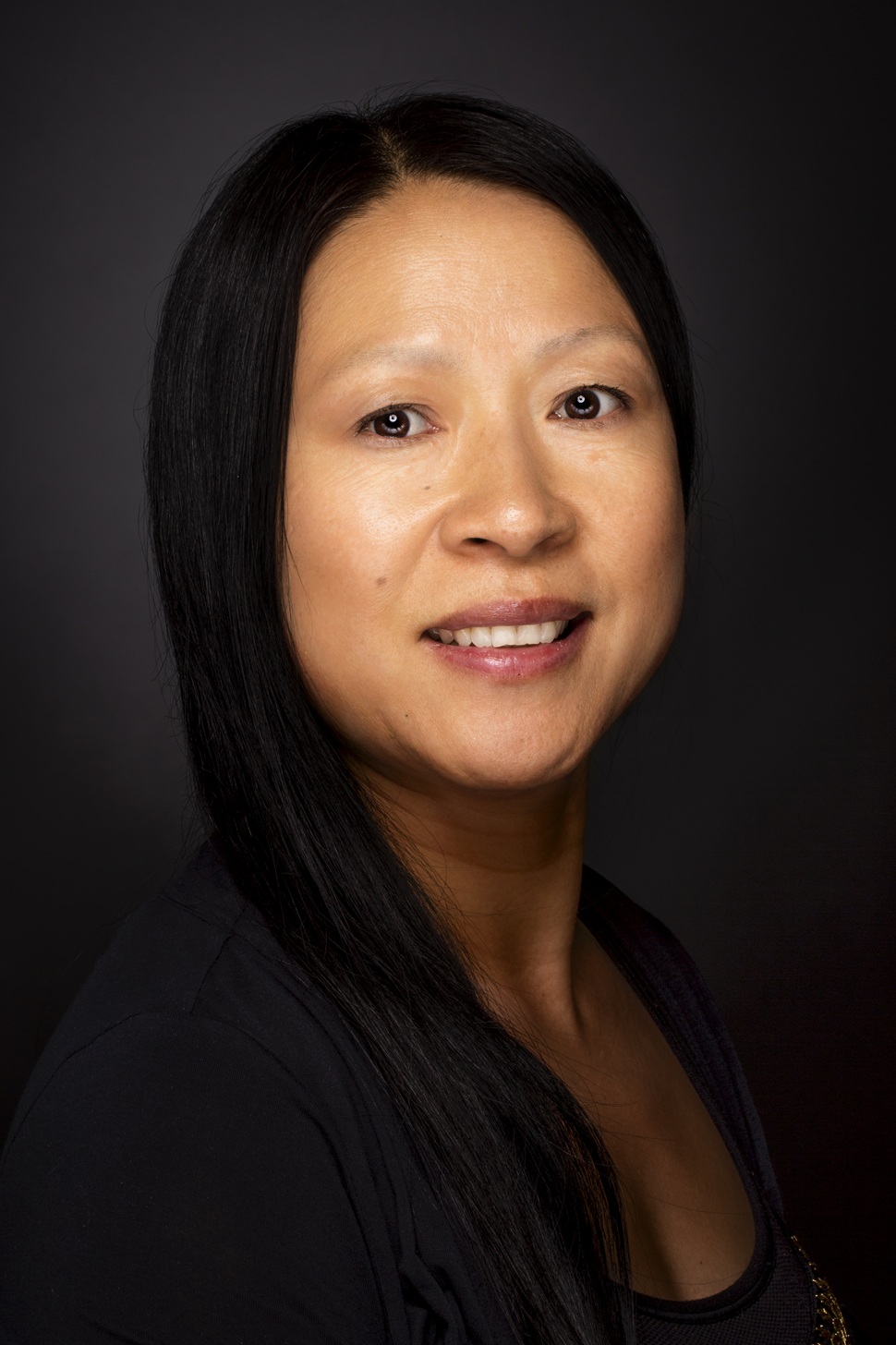
Water connects civilizations, cultures, and the pursuit of knowledge. Inspired by the Roots of Knowledge stained-glass mural, this presentation explores humanity’s changing relationship with water—from the ingenious irrigation systems and ecological philosophies of ancient China to today’s efforts to restore and protect Utah Lake. Through the lenses of art, history, and science, I’ll share how different societies have balanced need and reverence as well as technology and ethics to support the waters that sustain life. Drawing connections between global heritage and local research, this presentation reflects on what ancient wisdom and modern science can teach us about responsible stewardship. From the Dujiangyan system’s harmony with nature to current work addressing nutrient loading and algal blooms in Utah Lake, this presentation considers how understanding water’s story—as timeless, universal, and deeply human—can inspire us to care for the currents that connect us all.
More about the Presenter
Dr. Weihong Wang is professor and chair of the Department of Earth Science at Utah Valley University. She holds a Ph.D. in Marine Science from the University of South Carolina and is a senior fellow of the Higher Education Academy. Her research explores anthropogenic impacts on wetland ecosystems, ethical and responsible research practices, GIS and remote sensing applications, and sustainability. Her current projects include assessing nutrient loading and algal bloom dynamics in Utah Lake, advancing scalable training in ethical and responsible research and research mentoring, and developing sustainable tiny home prototypes.

All are invited to attend this free themed tour of Roots of Knowledge. Faculty, students, and staff from across campus have prepared to present on topics they are experts in or have done recent research about. This month’s theme explores Civic Service. Free popcorn for all and prizes for those who visit at least four stops along the tour. If you are interested in presenting at one of the stops in a themed tour please reach out.
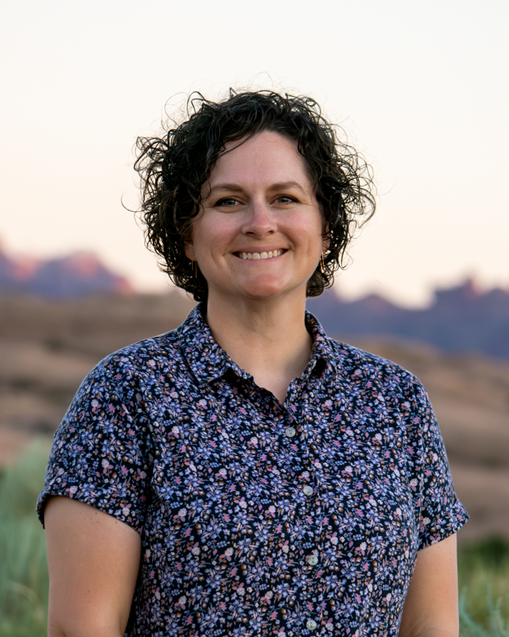
Have you ever thanked a desert rat for your drinking water? Climate change is intensifying drought and wildfires across the American West, and the consequences ultimately may reach our kitchen faucets. However, a wildfire feedback control can be found in one of the often-overlooked engineers of dryland plant communities: small mammals. This presentation explores the hidden connections between small mammals, dryland plant communities, wildfire, and drinking water security in Utah’s landscapes.
More about the Presenter
Dr. Tara Bishop is an assistant professor of Environmental Science and Management in the Department of Earth Science at Utah Valley University, where she brings her passion for drylands to the classroom and her research. She earned her Ph.D. in Wildlife and Wildlands Conservation from Brigham Young University and subsequently worked as a research scientist for the US Geological Survey and the US Forest Service before coming to UVU in 2023. Her research focuses on dryland ecology across the Colorado Plateau, Great Basin, and Mojave Desert, where she investigates how climate change, fire, and microbial and small mammal communities influence dryland plant community and ecosystem resilience.

All are invited to attend this free themed tour of Roots of Knowledge. Faculty, students, and staff from across campus have prepared to present on topics they are experts in or have done recent research about. This month’s theme explores Black History. Free popcorn for all and prizes for those who visit at least four stops along the tour. If you are interested in presenting at one of the stops in a themed tour please reach out.
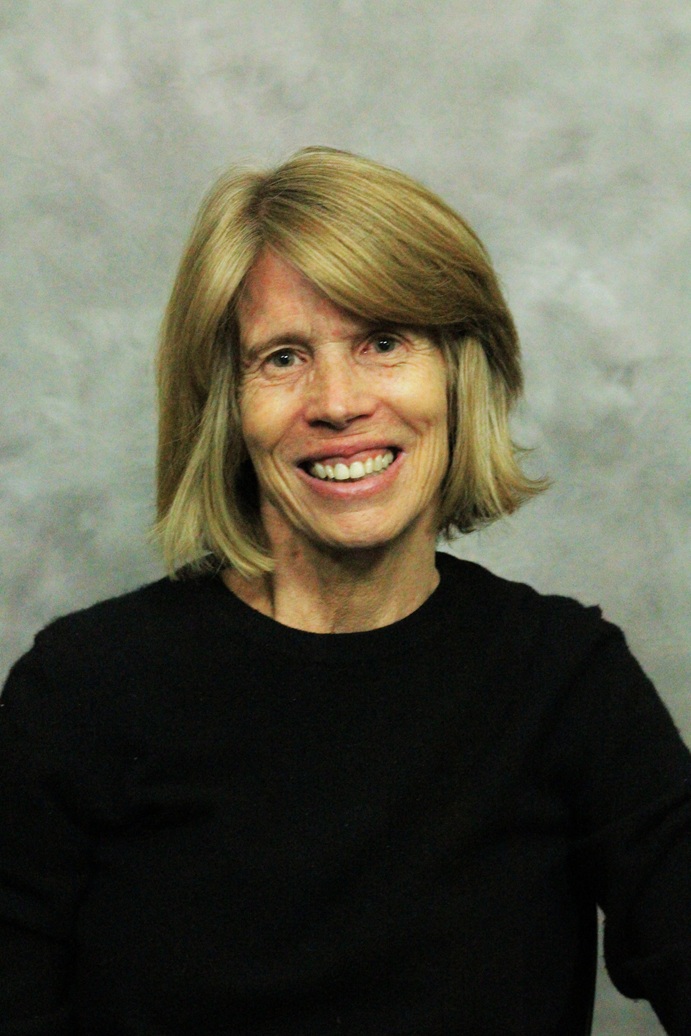
In 2024, ten UVU students interviewed current and former members of The Church of Jesus Christ of Latter-day Saints regarding their experiences navigating different religious beliefs within their families. The students then performed excerpts of these interviews, followed by a discussion with the audience. Students learned that even though these conversations are difficult, they can help family members grow in love and understanding for one another. Audience members were in turn empowered to talk to their own loved ones about their faith transitions with greater empathy and curiosity. A short film, In Good Faith, documents this project, and excerpts of student performances will be shown. Screenings of the film hosted by Faith Matters (2025), BYU Idaho’s LDS Institute (2025), Sunstone Symposium (2025), and staff training at the UVU Student Health Center (2026) have continued the vital discussion about how our community can preserve essential relationships in the face of religious transitions.
More about the Presenter
Dr. Kim Abunuwara originally trained in acting, and she earned a Ph.D. in Theatre and Film from Brigham Young University. In Good Faith reflects her interest in exploring how performance can enrich teaching and learning. She edited a performance-focused issue of Interdisciplinary Humanities (Spring 2024) and has published research on the influence of religious identity on student experience at UVU (Journal of Beliefs and Values, 2018). Dr. Abunuwara also teaches a class focusing on the divine in art and has written on Mormon domestic art for Interdisciplinary Humanities (Fall 2017).
Lizzy Jensen is a recent graduate of UVU’s Integrated Studies program, where she focused on religion, theatre, ethnographic performance, and religious diversity. She now serves as the coordinator of the Reflection Center in UVU’s Interfaith Engagement program. A certified mediator, Lizzy is passionate about helping people develop the skills to improve on how to talk together about their differences.
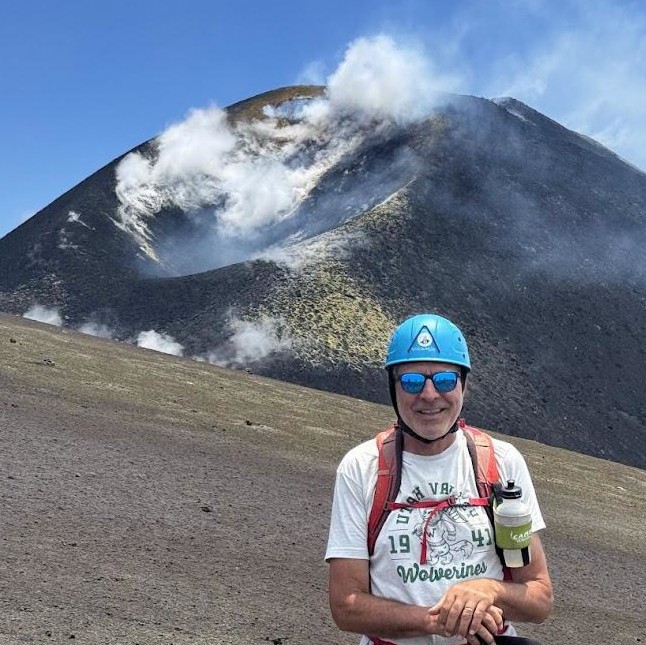
For centuries, people have puzzled over many aspects of the earth: How do mountains form? Why are there earthquakes? Why do the continents of North America, South America, Africa, and Europe fit together like puzzle pieces? In the mid-1900s, scientists began to amass the sort of evidence that would help to answer these questions. One of the most important pieces of evidence came from an unlikely source—a young woman. Marie Tharp was discouraged from pursuing a bachelor’s degree in science in the 1930s because “science was for men,” but she was later recruited into a master’s degree program in geology in the 1940s only because so many young men were fighting in WWII. Marie later got a job with an oceanographic research group, but she was prohibited from participating in research expeditions because at the time, women were considered bad luck on ships. Confined to an office job interpreting data collected by the men in her research group, Marie created the first map of the floor of the Atlantic Ocean. Marie’s map revealed features of the ocean floor that could only be explained by continents moving across the globe, which eventually led to the theory of plate tectonics.
More about the Presenter
Dr. Horns earned a BS in Geophysics from UCLA and a Ph.D. in Geology from UC Davis. As dean of the UVU College of Science, Dr. Horns focuses on reaching out to students from all backgrounds, encouraging them to pursue careers in the sciences and on providing the excellent faculty and staff of the college with the resources they need. As a professor of geology, Dr. Horns emphasizes the ways in which civilizations depend on resources from the earth and the ways that earth can wreak havoc on civilizations through earthquakes, volcanoes, and other hazards.

All are invited to attend this free themed tour of Roots of Knowledge. Faculty, students, and staff from across campus have prepared to present on topics they are experts in or have done recent research about. This month’s theme explores Women's History. Free popcorn for all and prizes for those who visit at least four stops along the tour. If you are interested in presenting at one of the stops in a themed tour please reach out.
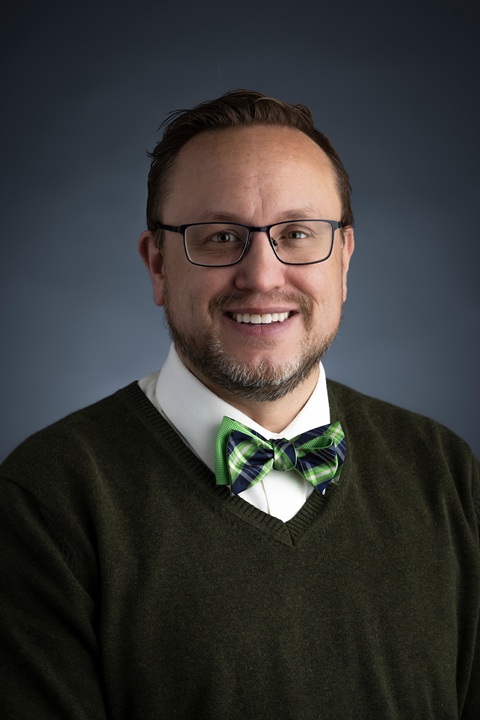
This presentation explores how higher education can transform students into active scholars and engaged citizens through intentional teaching practices. Drawing on research and experience, we highlight the power of metacognition—students’ ability to think about their own thinking—as a catalyst for deep learning and personal growth. The discussion will also examine civic education as a vital component of preparing students to contribute meaningfully to democratic society. By integrating (1) the purpose and goals of metacognitive development, (2) the development of students into scholars and effective professionals, and (3) civic responsibility, we offer practical strategies for educators and students seeking to foster intellectual curiosity, critical reflection, and social responsibility in today’s learners. This session invites participants to reimagine the classroom as a space where knowledge, self-awareness, and civic purpose intersect.
More about the Presenter
Dr. Benjamin Johnson is an associate professor in the Department of Student Leadership and Success Studies at Utah Valley University. He received a Ph.D. in Educational Philosophy and Psychology from The Ohio State University. He regularly trains adjunct faculty and has successfully mentored students on independent research projects and cofounded (with students) The Journal of Student Leadership, a double-blind peer-reviewed journal that addresses issues relevant to leadership. His service learning and community engagements have focused on helping students from underrepresented communities excel during their first year of college.
Dr. Anton Tolman is an emeritus professor in the Department of Psychology and Counseling at Utah Valley University. He received his Ph.D. in Clinical Psychology from the University of Oregon and worked in clinical and forensic practice for nearly a decade before joining the academy. Dr. Tolman is a past director of the Faculty Center for Teaching Excellence at UVU. In 2017, he and colleagues published Why Students Resist Learning: A Practical Model for Understanding and Helping Students. His research has focused on enhancing student metacognition, understanding and working with student resistance to active pedagogies, and power dynamics and power sharing in the classroom.
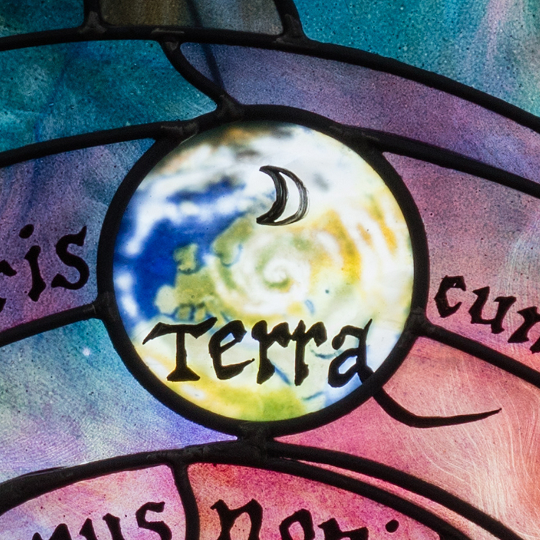
All are invited to attend this free themed tour of Roots of Knowledge. Faculty, students, and staff from across campus have prepared to present on topics they are experts in or have done recent research about. This month’s theme explores Environmental History. Free popcorn for all and prizes for those who visit at least four stops along the tour. If you are interested in presenting at one of the stops in a themed tour please reach out.